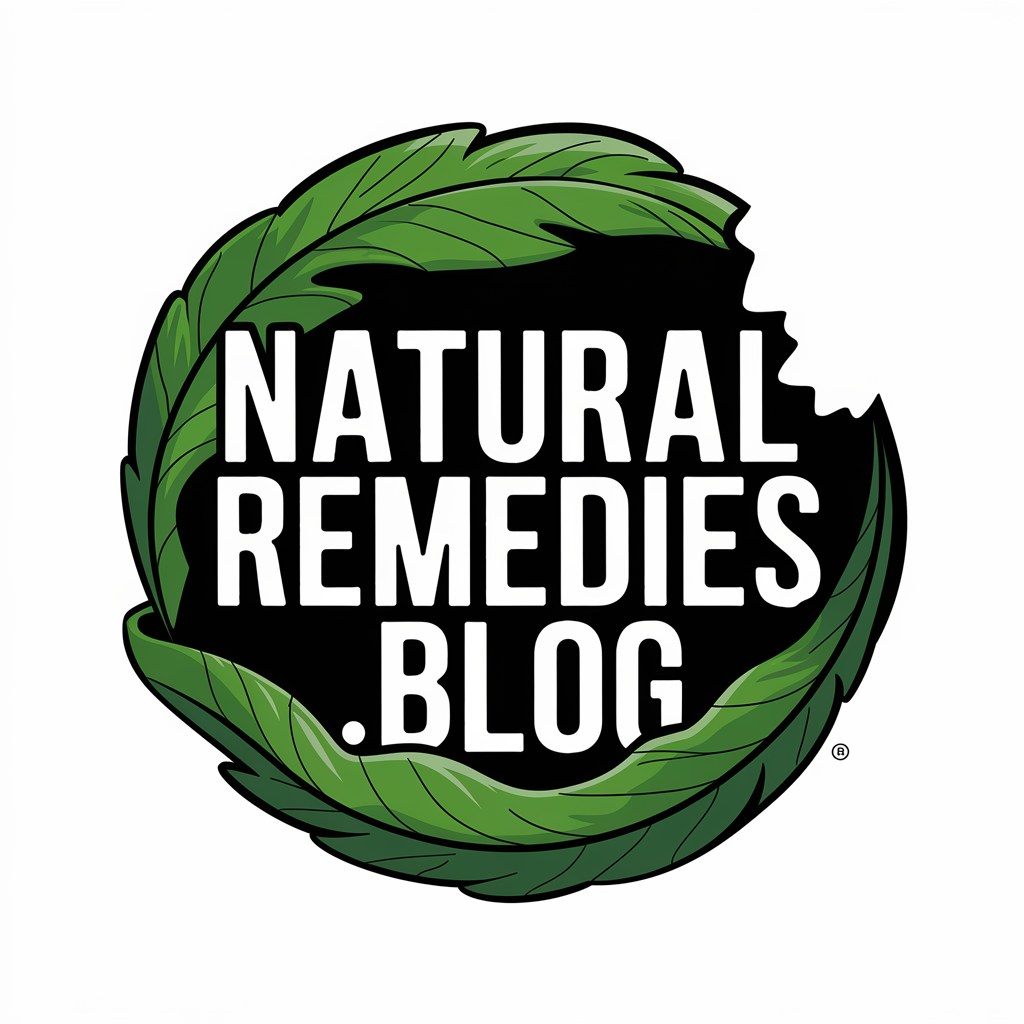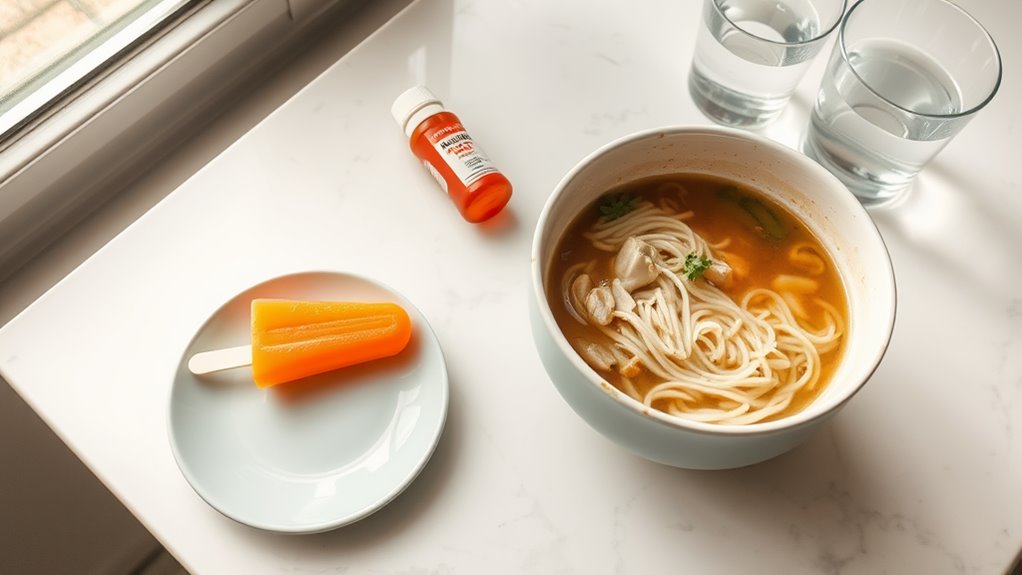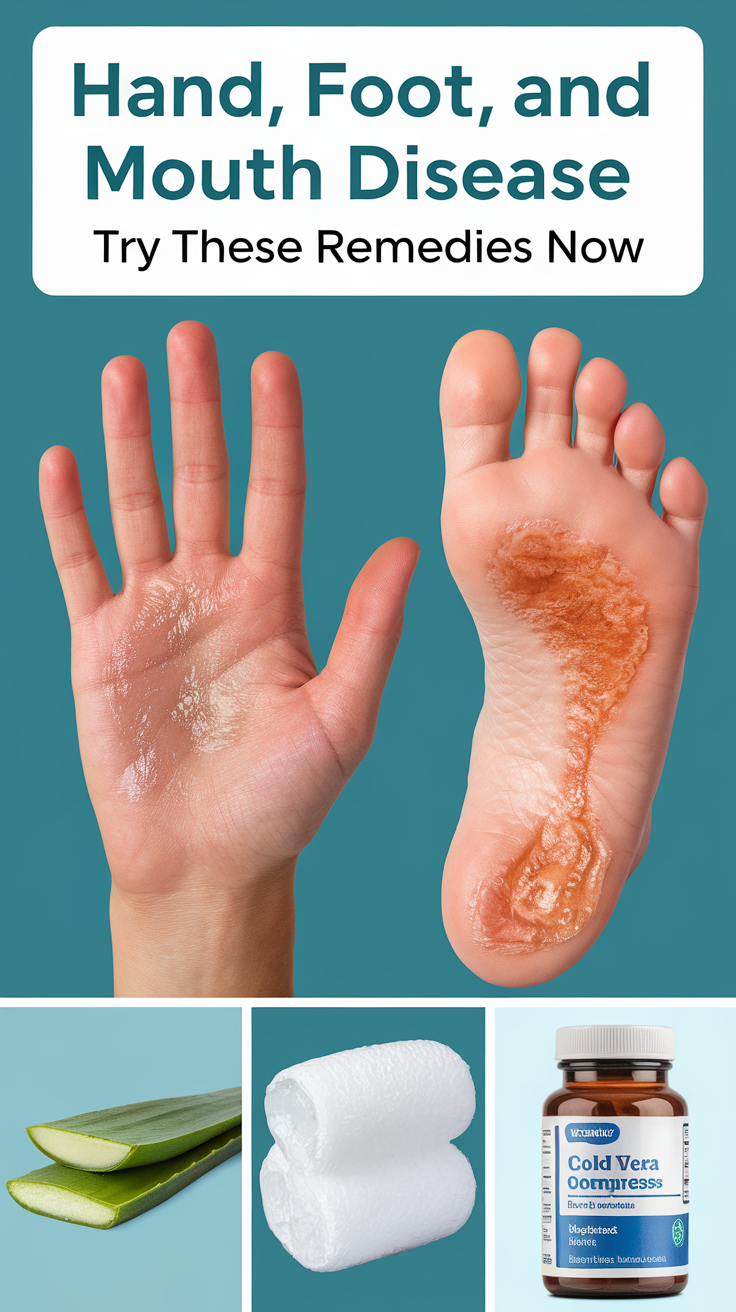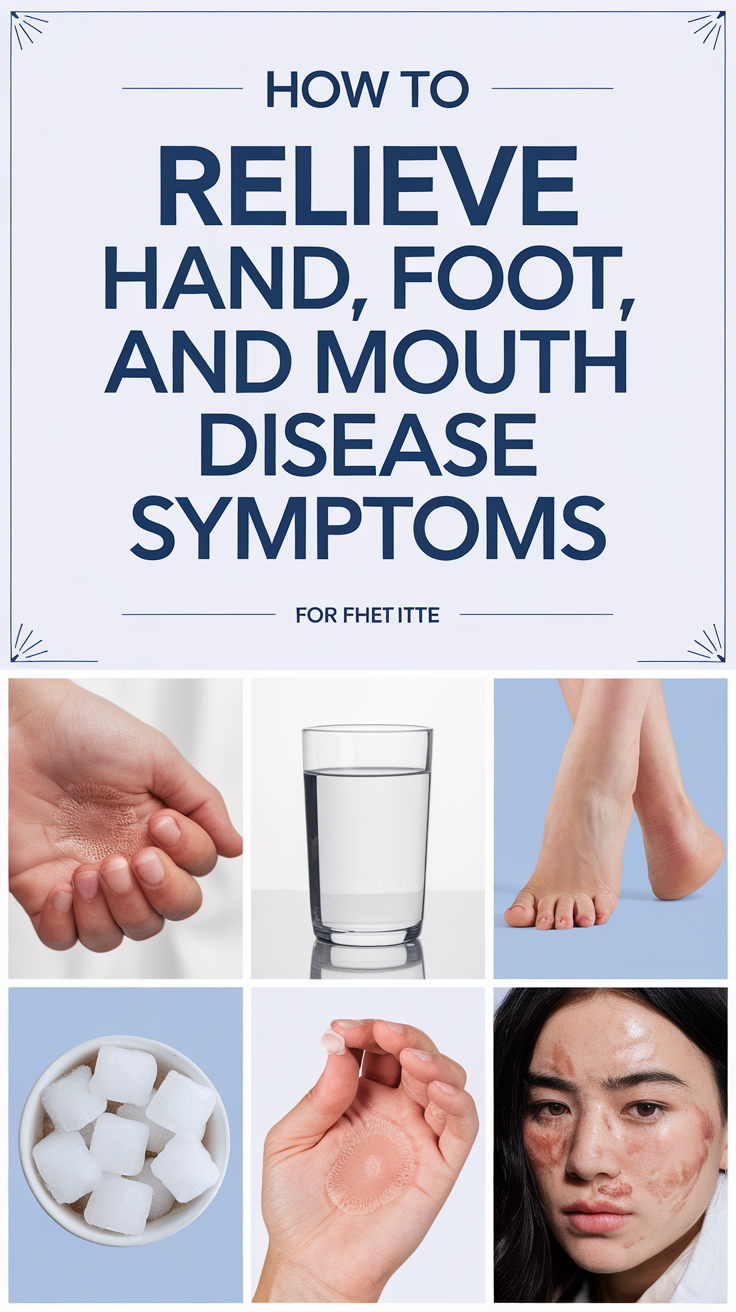What Really Helped My Child’s Hand, Foot & Mouth Disease
To effectively manage your child’s hand, foot, and mouth disease, focus on comfort and symptom relief. Cold foods like ice pops and yogurt can soothe throat pain, while calamine lotion eases skin discomfort. Keep them hydrated with pediatric electrolyte solutions and offer soft, bland foods. Acetaminophen or ibuprofen helps manage fever and pain. Regular saltwater gargles reduce inflammation. While these remedies aid recovery, understanding additional treatment strategies can maximize your child’s comfort.
Understanding Hand, Foot & Mouth Disease Symptoms
How can you identify hand, foot and mouth disease?
The primary symptoms include fever, sore throat, and loss of appetite, typically appearing 3-6 days after exposure.
You’ll notice small, painful blisters developing in your child’s mouth, palms, and feet.
While searching for hand foot and mouth disease remedies, it’s essential to recognize early warning signs.
Watch for red spots that progress into blisters, particularly around the tongue, gums, and inside cheeks.
These may also appear on buttocks and legs.
Your child might become irritable and refuse food or drinks due to mouth discomfort. Additionally, consult a healthcare provider if symptoms become severe, as they may recommend prescription-strength pain relievers or topical medications.
Essential Home Remedies That Worked
Once you’ve identified the symptoms, several proven home remedies can help manage discomfort and speed recovery.
Cold liquids, ice pops, and frozen yogurt can soothe throat pain and maintain hydration.
Apply calamine lotion to blisters for itch relief.
Salt water gargles reduce throat inflammation, while baking soda baths ease skin discomfort.
You’ll find acetaminophen or ibuprofen effective for fever and pain management.
Keep your child’s fingernails trimmed to prevent blister scratching and infection.
Offer soft, non-acidic foods that won’t irritate mouth sores.
Magic mouthwash (a mixture of liquid antacid and diphenhydramine) can temporarily numb oral discomfort. Additionally, ensure your child stays hydrated with plenty of fluids to help prevent dehydration.
Managing Pain and Discomfort
You can ease the pain and discomfort of hand, foot and mouth disease through several natural remedies, including chamomile tea gargles and coconut oil applications.
Cold foods, such as sugar-free popsicles and chilled yogurt, can provide significant relief for mouth sores and throat pain.
These cooling options work alongside over-the-counter pain relievers to help manage symptoms while the virus runs its course. Additionally, using coconut oil treatments can further aid in healing the affected areas and provide a protective barrier.
Natural Comfort Remedies
Managing the discomfort of hand, foot, and mouth disease can be achieved through several natural remedies that complement traditional medical care.
You’ll find relief by applying cold milk of magnesia directly to sores or using coconut oil’s antimicrobial properties.
A saltwater rinse can soothe mouth ulcers, while chamomile tea provides both topical and internal comfort.
Adding baking soda to lukewarm baths helps ease skin irritation.
Essential oils like lavender or tea tree, when properly diluted, can offer antiseptic benefits.
You can also try frozen yogurt or sugar-free popsicles to numb mouth pain while maintaining hydration.
These natural solutions work alongside prescribed treatments for best recovery.
Cold Foods Help Soothe
Cold foods and beverages play an essential role in alleviating the pain of mouth sores during hand, foot, and mouth disease.
You’ll find that popsicles, ice cream, frozen yogurt, and chilled smoothies can temporarily numb the affected areas, reducing discomfort and making it easier for your child to eat and drink.
Keep cold drinks readily available, as staying hydrated is essential.
Try freezing fruit juices into ice pops or offering crushed ice.
Cold milk and yogurt drinks provide both comfort and nutrition.
Avoid citrus or acidic foods that might irritate the sores.
Serve meals at cool temperatures rather than hot to prevent additional pain.
Diet and Nutrition During Recovery
During your recovery from hand, foot, and mouth disease, you’ll need to focus on foods and beverages that won’t irritate mouth sores and will support your healing process.
Cold, soft foods like yogurt, smoothies, and ice cream can help soothe painful mouth ulcers while maintaining adequate nutrition.
You should avoid acidic, spicy, or salty foods that could aggravate your symptoms and delay healing. Additionally, incorporating soft food options like mashed potatoes and pudding can provide energy and ease swallowing during this challenging time.
Soothing Foods and Drinks
The right food and drink choices play a critical role in managing hand, foot, and mouth disease symptoms.
You’ll want to focus on cold, soft foods that won’t irritate mouth sores.
Ice cream, yogurt, smoothies, and popsicles can help numb pain while providing necessary calories.
Cold milk and chilled water offer hydration without stinging.
Avoid acidic foods like citrus fruits and tomatoes, which can intensify discomfort.
For older children, lukewarm bone broth and well-cooked, pureed vegetables provide essential nutrients.
If your child resists solid foods, make sure they’re getting adequate fluids through pediatric electrolyte solutions, which help prevent dehydration during the illness.
Foods to Avoid
Proper dietary restrictions are essential when managing hand, foot, and mouth disease symptoms.
During the infection, you’ll need to avoid acidic foods and beverages that can irritate mouth sores, including citrus fruits, tomatoes, and vinegar-based products.
Skip spicy foods, salty snacks, and anything with rough textures that could scratch sensitive areas.
Don’t consume hot beverages or foods, as they can amplify discomfort.
Carbonated drinks can sting mouth ulcers, while acidic juices may delay healing.
You should also avoid crunchy items like chips, crackers, and raw vegetables that could cause additional pain when chewing.
Creating a Comfortable Environment
Creating a soothing environment helps patients with hand, foot and mouth disease recover more comfortably. You’ll want to focus on temperature control and gentle comfort measures to minimize discomfort during the recovery period.
| Environment | Comfort Measures |
|---|---|
| Cool room (68-72°F) | Light cotton clothing |
| Humidity 40-60% | Soft bedding |
| Dim lighting | Cool compress |
| Good ventilation | Loose footwear |
Keep your child’s room well-ventilated but maintain a consistent temperature. Use a humidifier if the air is dry, as moisture helps soothe irritated throats and skin. Additionally, ensure hydration through vitamin C-rich foods to support their recovery. Make sure bedding is changed regularly to maintain hygiene and prevent secondary infections.
Preventing Spread to Family Members
Because hand, foot and mouth disease spreads easily through close contact, implementing strict preventive measures can protect other family members from infection.
You’ll need to isolate the infected person’s personal items, including towels, utensils, and bedding.
Establish dedicated bathrooms if possible, and disinfect shared surfaces frequently with EPA-approved cleaners.
Enforce strict handwashing protocols, especially after diaper changes or contact with bodily fluids.
Avoid close physical contact like kissing or hugging until symptoms resolve.
You should also keep the infected person home from school or work until fever subsides and blisters dry up, typically 7-10 days after onset. Additionally, ensure that family members practice regular hand washing to further reduce the risk of transmission.
When to Seek Medical Attention
While most cases of hand, foot and mouth disease resolve on their own within 7-10 days, certain symptoms require immediate medical evaluation.
You’ll need to contact your healthcare provider if your child experiences any of these serious symptoms:
| Emergency Symptoms | Action Required |
|---|---|
| High fever >104°F | Immediate care |
| Severe dehydration | ER visit |
| Neck stiffness | Urgent evaluation |
| Seizures | Call 911 |
Watch for signs of dehydration, including decreased urination, dry mouth, and lethargy. If mouth sores prevent drinking or eating for 24 hours, seek medical attention to prevent complications from fluid loss. Additionally, be aware that canker sores can cause significant discomfort, making it crucial to monitor your child’s symptoms closely.







